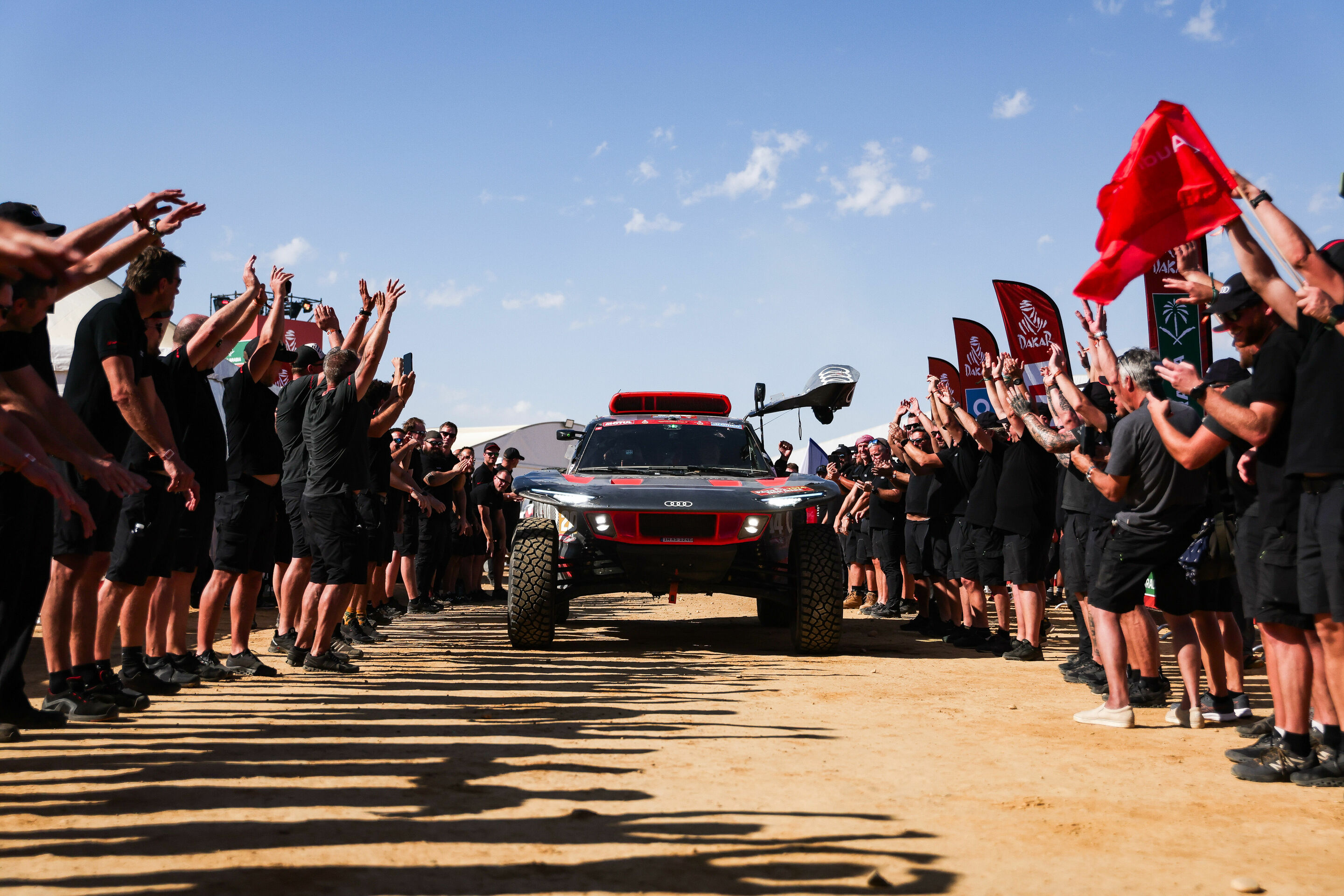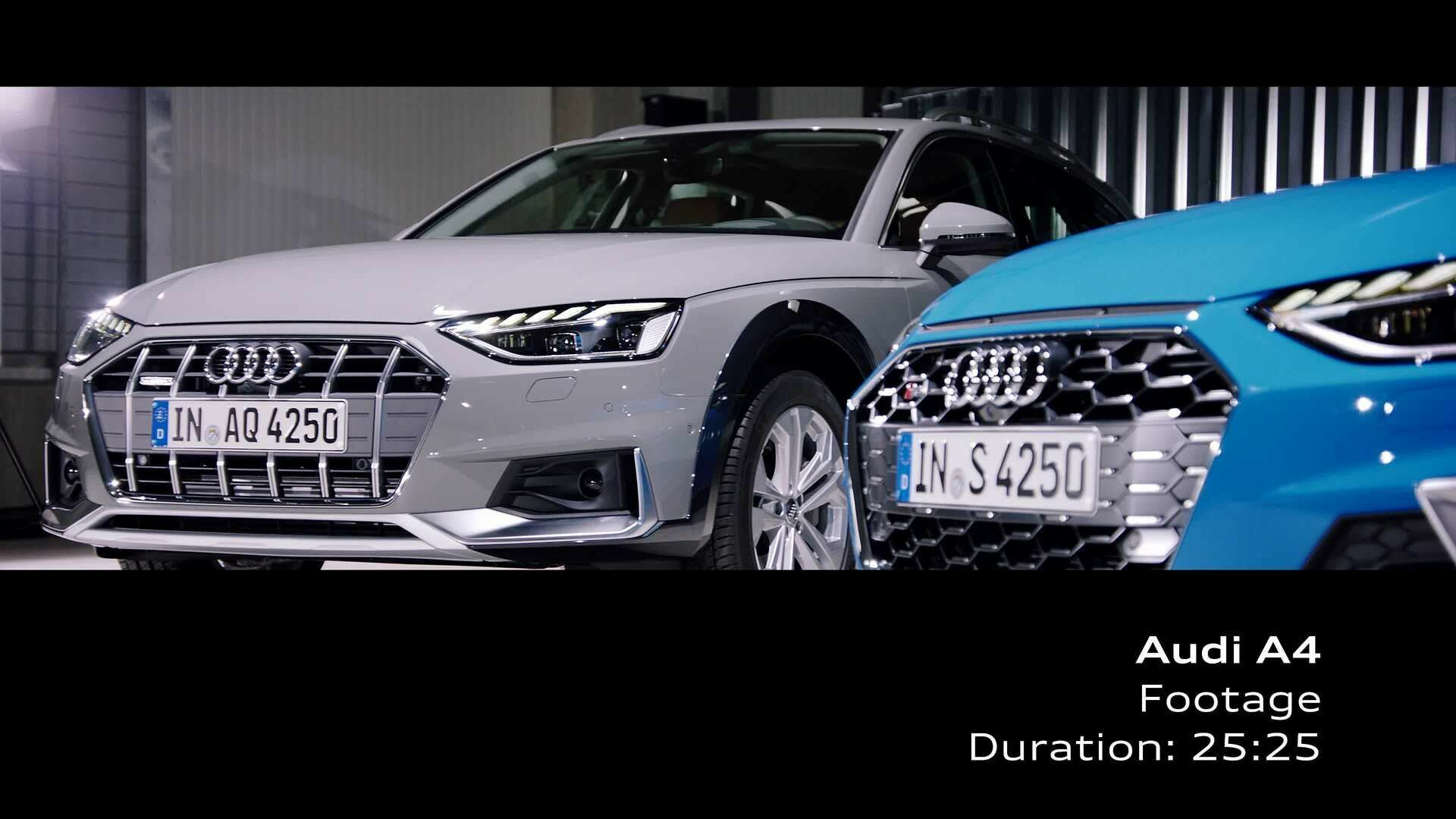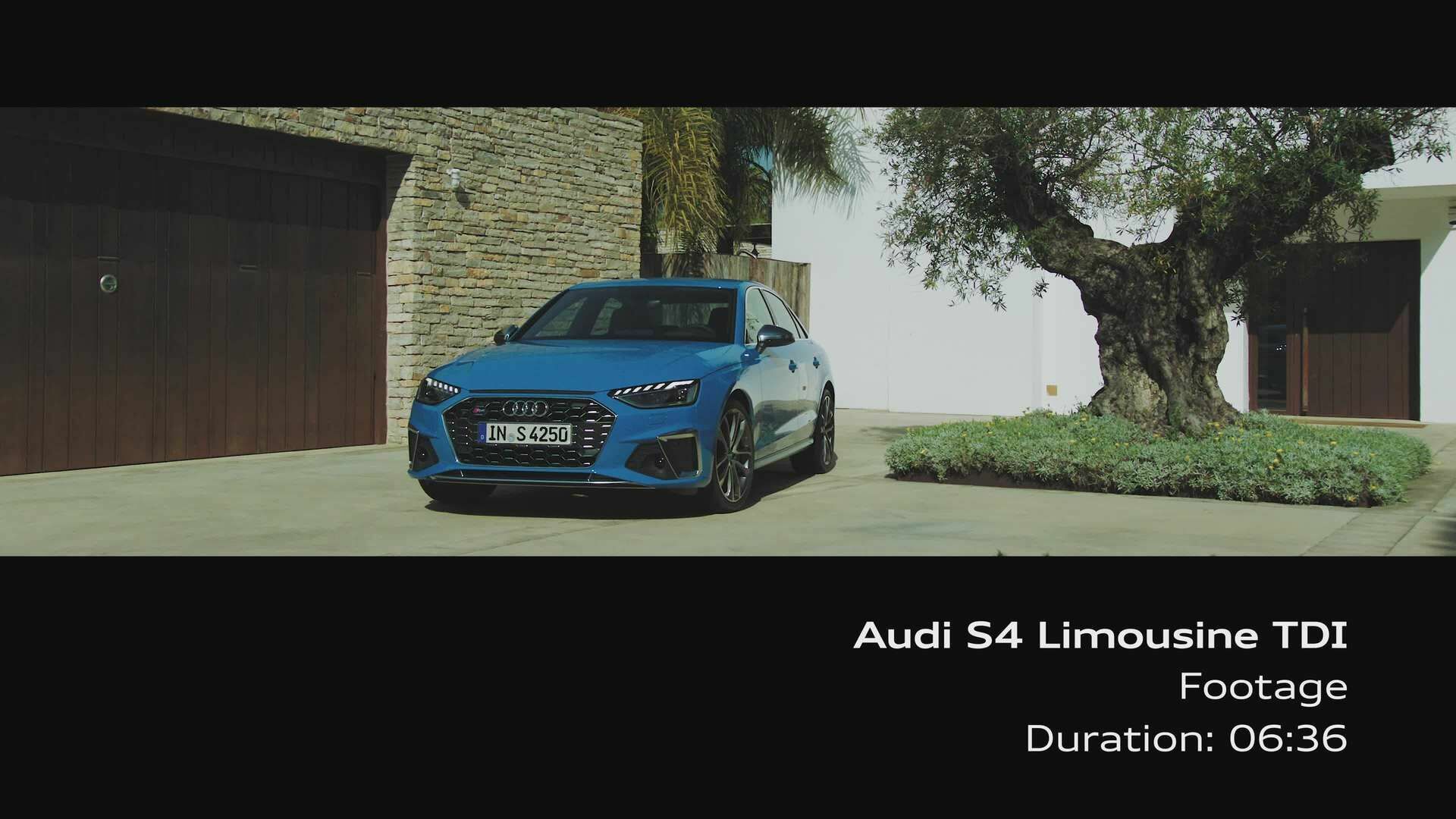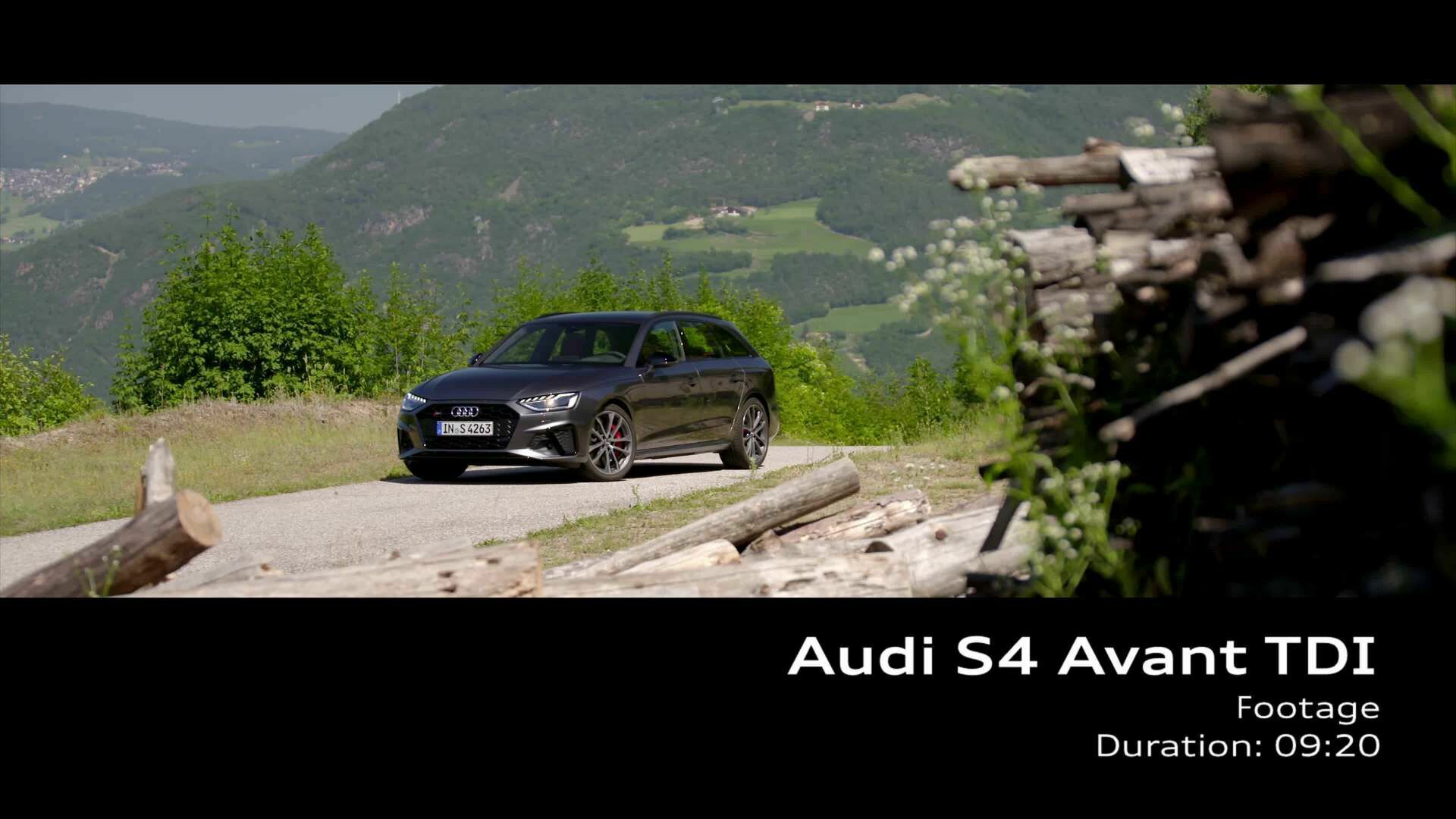Search
All search results for "s4 tdi"
(59)
 Audi in China
Audi in China
Current model series in China: Audi A3 Sportback, Audi A3 Sedan, Audi A4 L, Audi A4 allroad, Audi A4 Avant, Audi RS 4 Avant, Audi A5 Sportback, Audi A5 Coupé, Audi A5 Cabrio, Audi RS 5 Sportback, Audi RS 5 Coupé, Audi A6 L, Audi A6 Avant, Audi A6 allroad, Audi RS 6 Avant, Audi A7 L, Audi A7 Sportback, Audi RS 7 Sportback, Audi A8 L, Audi Q7, Audi Q2 L, Audi Q2 L e-tron, Audi Q3, Audi Q3 Sportback, Audi Q5 L, Audi Q5 L Sportback, Audi Q5 e-tron, Audi Q6 Roadjet, Audi Q8, Audi RS Q8, Audi e-tron GT, Audi RS e-tron GT S-models: Audi S4 Limousine, Audi S4 Avant, Audi S5 Sportback, Audi S5 Coupé, Audi S5 Cabrio, Audi SQ5, Audi SQ5 Sportback, Audi S6 Limousine, Audi S7 Sportback, Audi S8L, Audi SQ7
Johannes Roscheck, President of Audi China - Biography Fermín Soneira, CEO of Audi and SAIC Cooperation Project - Biography Helmut Stettner, Chief Executive Officer (CEO) Audi FAW NEV Company Ltd. - Biography
Production Sites Audi Group
Dr. Michael Wilkes
Lisa Niermann
Andrea Seltmann
Sebastian Schalk
David Helm
 Audi’s most important motorsport successes
Audi’s most important motorsport successes
Nürburgring 24 Hours (Audi R8 LMS ultra) Winner Spa 24 Hours (Audi R8 LMS ultra) Winner Blancpain Endurance Series (Audi R8 LMS ultra) Winner Teams classification Blancpain Endurance Series (Audi R8 LMS ultra) Winner Blancpain GT Series (Audi R8 LMS ultra) Winner Teams classification Blancpain GT Series (Audi R8 LMS ultra) Winner Pro-Am Cup Blancpain Sprint Series (Audi R8 LMS ultra) Winner Teams classification Pro-Am Cup Blancpain Sprint Series (Audi R8 LMS ultra) Winner Silver Cup Blancpain Sprint Series (Audi R8 LMS ultra) Winner Teams classification Silver Cup Blancpain Sprint Series (Audi R8 LMS ultra) Winner GTM GT Asia (Audi R8 LMS) Winner Teams classification Italian GT championship (Audi R8 LMS ultra) Winner GTV2 V de V Endurance Championship (Audi R8 LMS) Winner Baku World Challenge (Audi R8 LMS ultra) 2013 Winner Drivers and Teams classification DTM (Audi RS 5 DTM) Winner Le Mans 24 Hours (Audi R18 e-tron quattro) Winner Drivers and Manufacturers classification FIA World Endurance Championship (Audi R18 e-tron quattro) Winner Sebring 12 Hours (Audi R18 e-tron quattro) Winner Daytona 24 Hours GT class (Audi R8 GRAND-AM) Winner Portuguese GT Championship (Audi R8 LMS ultra) Winner Swedish GT Championship (Audi R8 LMS) Winner FIA GT Series (Audi R8 LMS ultra) Winner Teams classification FIA GT Series (Audi R8 LMS ultra) Winner Gentlemen Driver Trophy British GT Championship (Audi R8 LMS ultra) Winner GT Sprint International Series (Audi R8 LMS ultra) Winner BRCC Endurance Series (Audi R8 LMS ultra) Winner Teams classification ADAC GT Masters (Audi R8 LMS ultra) Winner Teams classification GT Asia (Audi R8 LMS ultra) Winner Teams classification Swedish GT Championship (Audi R8 LMS) Winner GT Cup Macau (Audi R8 LMS ultra) Winner Baku World Challenge (Audi R8 LMS ultra) 2012 Winner Le Mans 24 Hours (Audi R18 e-tron quattro) Winner Drivers and Manufacturers classification FIA World Endurance Championship (Audi R18 e-tron quattro) Winner Sebring 12 Hours (Audi R18 TDI
 Audi Tradition - Anniversary Dates 2025
Audi Tradition - Anniversary Dates 2025
The engine lineup included a six-cylinder TDI, a six- cylinder turbocharged petrol engine, and a 4.2-liter V8 topping the range. Between May 2000 and 2005, a total of 88,174 first-generation Audi A6 allroad quattros were sold. Market Launch of the Audi allroad quattro years 25 Audi Tradition 6 Anniversary Dates 2025 In May 2000, Audi announced the Audi RS 4, the first vehicle independently developed by quattro GmbH. Powered by a Cosworth-modified 2.7-liter V6 bi-turbo engine with five valves per cylinder, delivering 280 kW (380 hp), the RS 4 was offered exclusively as an Avant. With 18-inch wheels, a lowered suspension compared to the S4, flared wheel arches, and redesigned front and side skirts, the new top model of the A4 series set itself apart from its lesser siblings and succeeded the legendary Avant RS2. Sales of the RS 4 began in June 2000 with a base price of 129,000 DM. Production took place at the Neckarsulm plant, where partially assembled vehicles from Ingolstadt were completed. In the quattro GmbH workshop, a small team assembled approximately 32 Audi RS 4s daily. In spring 2001, quattro GmbH introduced a customized sports package for the RS 4. For an additional 7,740 DM, this package unlocked the vehicle’s full potential. Racing bucket seats, a further 10-millimeter suspension drop, thicker rear stabilizers, perforated brake discs paired with high-performance brake pads, and a sport exhaust system ensured that the RS 4 delivered outstanding performance even on the racetrack. Over its 18-month production period, a total of 6,046 Audi RS 4s were built. The model quickly became a fan favourite and is now a highly sought-after collector’s item. Sales Launch of the Audi RS 4 B5 years 25 Audi Tradition 7 Anniversary Dates 2025 Under the project name “W 10” work began in 1994 at Audi Design on a visionary compact car concept, prioritizing weight reduction through consistent lightweight construction.
 Combined Annual and Sustainability Report 2024
Combined Annual and Sustainability Report 2024
/N.V.⁴ Q4 SUV e-tron Q8 SUV e-tron, SQ8 SUV e-tron Q8 Sportback e-tron, SQ8 Sportback e-tron 135,307 Neckarsulm, Germany AUDI AG, Audi Sport GmbH A4 Sedan A5 Avant, S5 Avant A5 Cabriolet, S5 Cabriolet A5 Sedan, S5 Sedan A6 allroad quattro A6 Avant, S6 Avant, RS 6 Avant A6 Sedan, S6 Sedan A7 Sportback, S7 Sportback, RS 7 Sportback A8, S8, A8 L, S8 L e-tron GT quattro, S e-tron GT, RS e-tron GT R8 Coupé, R8 Spyder 86,507 Zwickau, Germany Volkswagen AG Q4 SUV e-tron, Q4 Sportback e-tron 336,783 Ingolstadt, Germany AUDI AG A3 allstreet A3 Sedan, S3 Sedan, RS 3 Sedan A3 Sportback, S3 Sportback, RS 3 Sportback A4 allroad quattro A4 Avant, S4 Avant, RS 4 Avant A4 Sedan, S4 Sedan A5 Coupé, S5 Coupé, RS 5 Coupé A5 Sportback, S5 Sportback, RS 5 Sportback A6 Avant e-tron, S6 Avant e-tron Q2 SUV, SQ2 SUV Q6 SUV e-tron, SQ6 SUV e-tron Ningbo Map Yang Phon Chhatrapati Sambhajinagar Qingdao Anting Foshan Tianjin Changchun 8 Audi Report 2024 FinanceStrategy & Company ESG Appendix Asia 615,853 4,481 Cars produced: Motorcycles produced: Changchun, China FAW-Volkswagen Automotive Co., Ltd. A4 L Sedan A6 L Sedan Q5 L SUV Q5 L Sportback Tianjin, China FAW-Volkswagen Automotive Co., Ltd. Q3 SUV Q3 Sportback Qingdao, China FAW-Volkswagen Automotive Co., Ltd. A3 L Sedan A3 Sportback Foshan, China FAW-Volkswagen Automotive Co., Ltd. Q2 L SUV Q4 SUV e-tron Anting, China SAIC Volkswagen Automotive Co., Ltd. A7 L Sedan Q5 e-tron Ningbo, China SAIC Volkswagen Automotive Co., Ltd. Q6 7,317 Chhatrapati Sambhajinagar, India ŠKODA AUTO Volkswagen India Private Limited A4 Sedan A6 Sedan Q3 SUV, Q3 Sportback Q5 SUV Q7 SUV 4,481 Map Yang Phon, Thailand Ducati Motor (Thailand) Co., Ltd.

In the 2.0 TDI (150 kW front/quattro) (combined fuel consumption in l/100 km: 5.7-4.8; combined CO2 emissions in g/km: 149-125; CO2 class: E-D), these are up to 10 g/km or 0.38 l/100 km and in a 3.0 TFSI with V6 engine (270 kW quattro) (combined fuel consumption in l/100 km: 8.0-7.4; combined CO2 emissions in g/km: 182-169; CO2 class: G-F) up to 17 g/km or 0.74 l/100 km (according to the WLTP standard test procedure).1 The powertrain generator can contribute up to 18 kW (24 PS) of electric power to the drive. When decelerating, the powertrain generator recuperates energy back into the battery (regenerative braking) with up to 25 kW of power. On slight inclines and when maneuvering slowly, the car can be moved solely by the drive train generator. For example, partially electric driving can be used when driving slowly in the city, in slow-moving traffic, or outside city limits when coasting to the next village. The powertrain generator is mounted directly onto the transmission output shaft. The lithium-ion battery is based on lithium iron phosphate (LFP) and has a storage capacity of 37 ampere-hours, corresponding to just under 1.7 kilowatt hours (gross). Its maximum discharge capacity is 24 kW. The battery is integrated into a low-temperature water cooling circuit, ensuring the temperature remains within optimum conditions between 25 and 60 degrees Celsius. This is the first time that Audi has used an LFP battery for its mild hybrid systems. Compared to conventional lead-acid batteries, these offer advantages in terms of size, storage capacity, and weight and are also very cycle-resistant. This means they lose only an insignificant amount of capacity even after several thousand charging cycles. They can also be charged with high charging currents and are very resilient when delivering electrical power. The belt alternator starter is responsible for starting the engine and supplying electrical energy to the battery.

On the TFSI, the exhaust tips are integrated into the diffuser on both sides; on the TDI variants, they appear as a rectangular twin tailpipe on the left-hand side. The S model has the iconic round twin tailpipes on the right and left in a new, sharpened design. Three versions and eleven colors The range comes in three exterior versions: Exterior basic, Exterior advanced, and Exterior S line. The S model also has its own exterior. The front air intakes are larger on the exterior S line and S model, and the rear diffuser is significantly sportier. The sill trims for the exterior S line and the S model contribute to the dynamic character. The trim around the side windows is finished in anodized aluminum as standard. The exterior S line stands out with details in anodized matt anthracite aluminum, while the S model features design elements in anodized matt silver aluminum. The black exterior package is also available for the exterior S line and the S model. Here, the Audi rings at the front and rear are finished in anthracite gray. The radiator grille and grille inserts, side sill trims, door handles, the Singleframe and the diffuser attachment at the rear, window trims, and mirror housings are black, as are the aluminum trim strips around the side windows. The tailpipes also feature blacked-out exhaust tips. Customers can choose from eleven colors, including Arkona White solid finish. Glacier White, Mythos Black, Chronos Gray, and the latest colors – Grenadine Red and Horizon Blue, are available as metallic paint finishes. Firmament blue, Floret silver, and Daytona Gray pearl effect, which is exclusive to S models and vehicles with the exterior S line, complete the range. In addition, Audi Sport offers Ascari blue metallic for the exterior S line and S model. The new magnetic gray is reserved exclusively for "edition one", the exterior S line, and the S model.
 The new Audi A5 models: modern sportiness meets premium proportions
The new Audi A5 models: modern sportiness meets premium proportions
These total up to 10 g/km or 0.38 l/100 km in the 2.0 TDI (150 kW, front-wheel drive/quattro) (combined fuel consumption in l/100 km (62.1 mi): 5.6-4.7 (42.0-50.0 US mpg); combined CO2 emissions in g/km: 147-124 (236.6-199.6 g/mi); CO2 class: E–D ) and up to 17 g/km or 0.74 l/100 km in the V6 3.0 TFSI (270 kW, quattro) (combined fuel consumption in l/100 km (62.1 mi): 7.9-7.4 (29.8-31.8 US mpg); combined CO2 emissions in g/km: 180-167 (289.7-268.8 g/mi); CO2 class: G–F) up (in the WLTP driving cycle)1. The PTG can also add up to 18 kW (24 PS) of electric power to the output of the combustion engine. When decelerating, the PTG feeds energy back into the battery (recuperation) at up to 25 kW. As a result, purely electric maneuvering and parking are possible to a limited extent. Thanks to the option of using an electric air conditioning compressor, the air conditioning system can also be operated when the vehicle is stopped at traffic lights and the combustion engine is switched off. With the integrated and blending-capable brake control system (iBRS), the brake pedal and the brake hydraulics can be completely decoupled. In models with the MHEV plus system, for example, it achieves the necessary deceleration without using the friction brakes thanks to regenerative braking. This means that deceleration is initially achieved solely by recuperation. The friction brakes only kick in when the brake pedal is pressed harder. The brake feel remains unaffected by this. Motors at market launch The efficient engines in the Audi A5 family cover a wide range: from the conventionally powered entry-level model to the comfortable long-distance runner and the dynamic sports car. The packages of engines, transmissions, the degree of electrification and type of drivetrain are geared towards the expectations of our customers.
 S4 Avant TDI (until 2023) (251 kW)
S4 Avant TDI (until 2023) (251 kW)
Program for Germany, Status: 05/02/2024 1/2 Audi S4 Avant TDI Engine / electrics Engine type V6 engine Valve gear / number of valves per cylinder Roller cam follower, overhead camshafts, hydraulic valve-play compensation / 2/2 inlet/exhaust valves per cylinder Displacement in cc / bore x stroke in mm / compression 2967 / 83.0 x 91.4 / 16.3 Max. power output in kW (PS) / at rpm 251 (341) / 3800 - 3950 Max. torque in Nm (lb-ft) / at rpm 700 (516.3) / 1750 - 3250 Mixture preparation Common rail fuel injection system, intercooler Exhaust emission control NOx oxidizing catalytic converter, diesel particulate filter, exhaust gas recirculation, SCR catalytic converter Emission standard Euro 6e Max. electrical output at 12V in kW 3 On-board voltage 1 in volts 12 On-board voltage 2 in volts 48 Drivetrain / transmission Drive type quattro permanent all-wheel drive with self-locking center differential Type of rear axle differential Standard Clutch Hydraulic torque converter with lock-up clutch Transmission type 8-speed tiptronic Transmission ratio in 1st/2nd gear 5.000 / 3.200 Transmission ratio in 3rd/4th gear 2.143 / 1.720 Transmission ratio in 5th/6th gear 1.313 / 1.000 Transmission ratio in 7th/8th gear 0.823 / 0.640 Reverse gear ratio / final drive ratio 1-2 / 2-3 3.478 / 2.411 / 1.000 Suspension / steering / brakes Type and design of front-axle suspension 5-link front axle Type and design of rear-axle suspension 5-link rear axle Tires (basic) 245 / 40 R 18 Wheels (basic) Cast aluminum flow forming 8 J x 18 Steering Electromechanical steering with speed-dependent power assistance Steering ratio 15.9 Turning circle in m (ft) 11.6 (38.1) Brake system Dual-circuit brake system with black/white split for front/rear axles; front: aluminum fixed calipers; rear: floating calipers with integrated electronic parking brake Brake disk diameter front / rear in mm (in) 375 (14.8) / 330 (13.0) Performance / fuel Top speed in km/h (mph) 250 (155.3) (governed) Acceleration, 0-100 km/h (0






